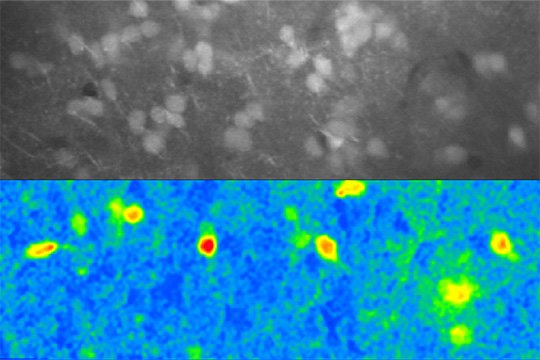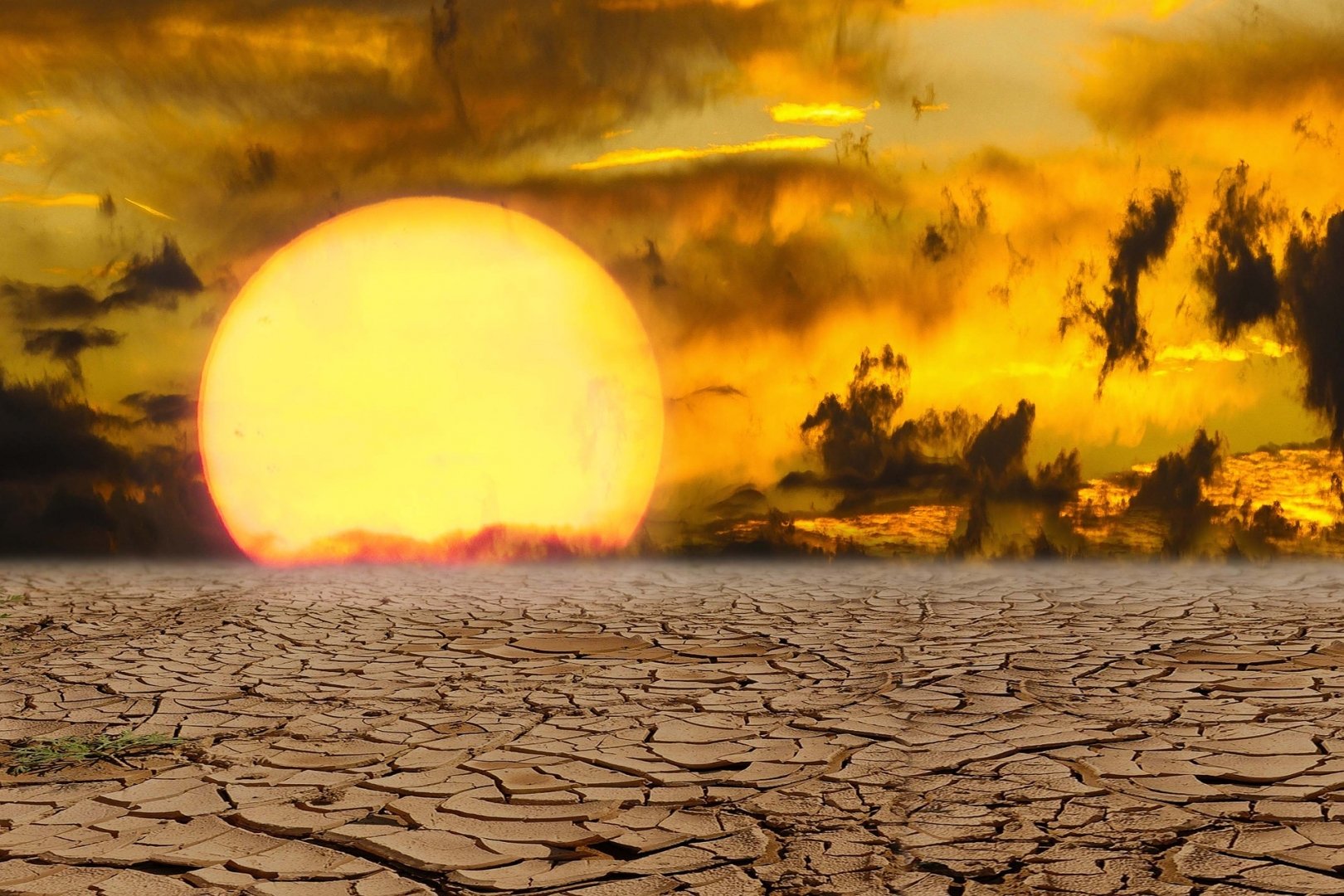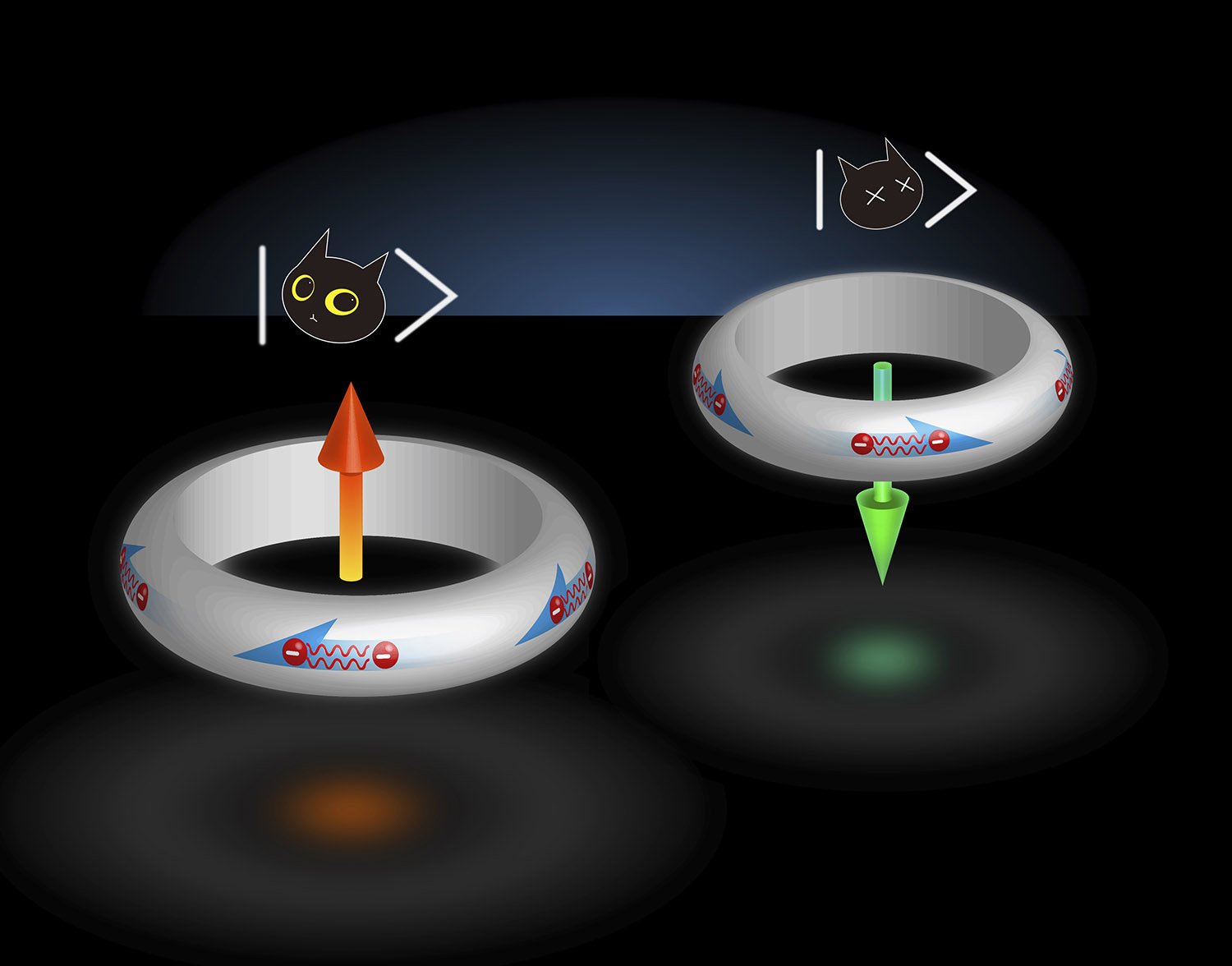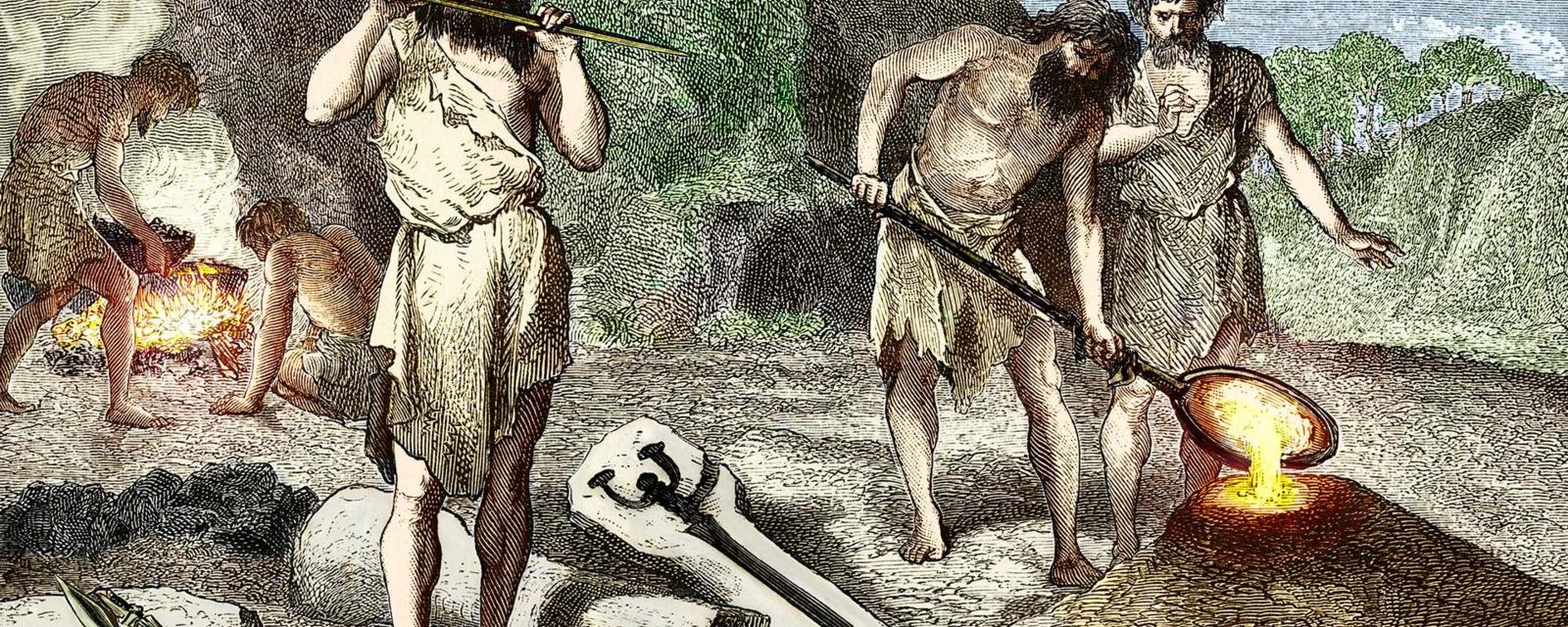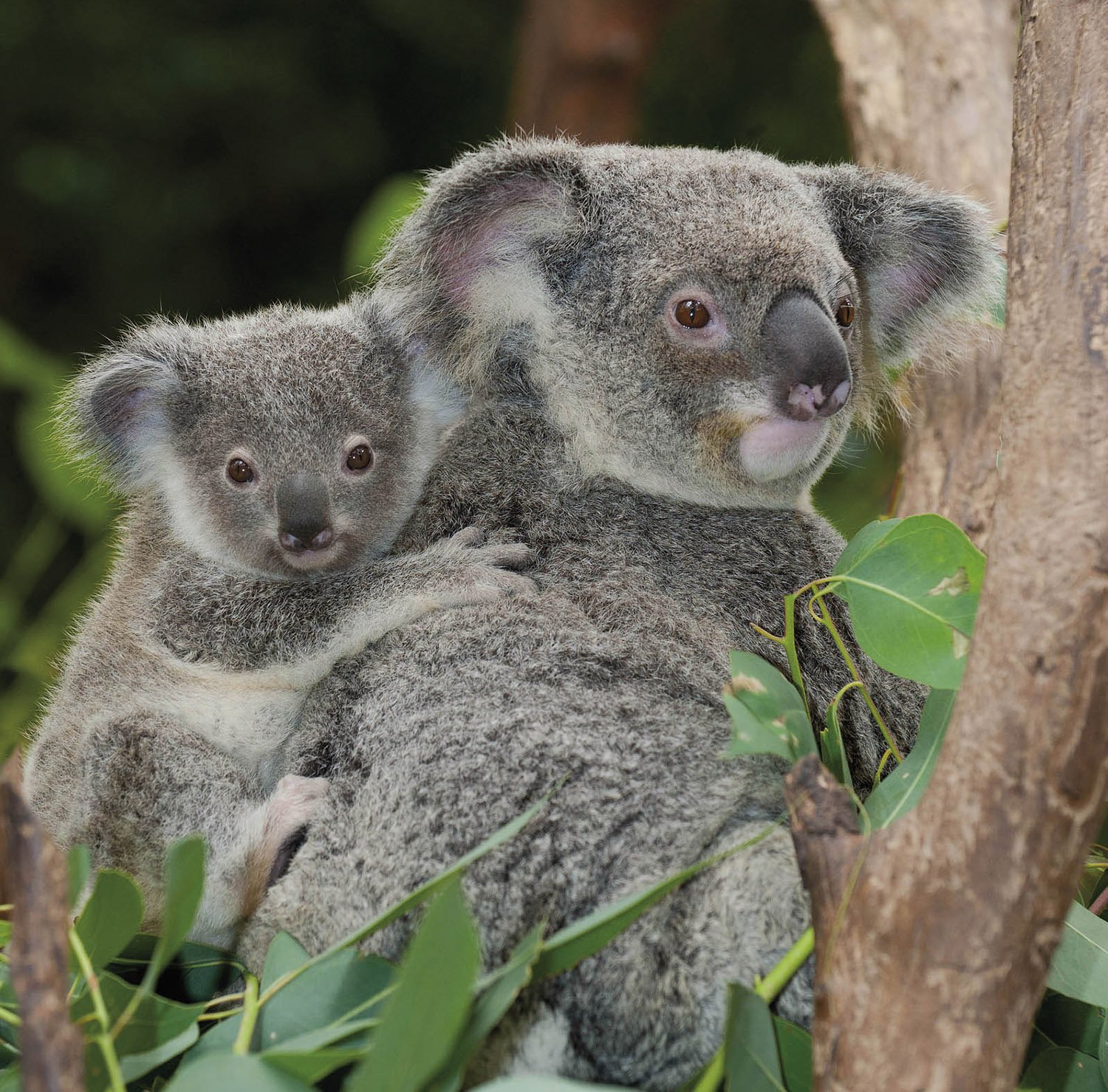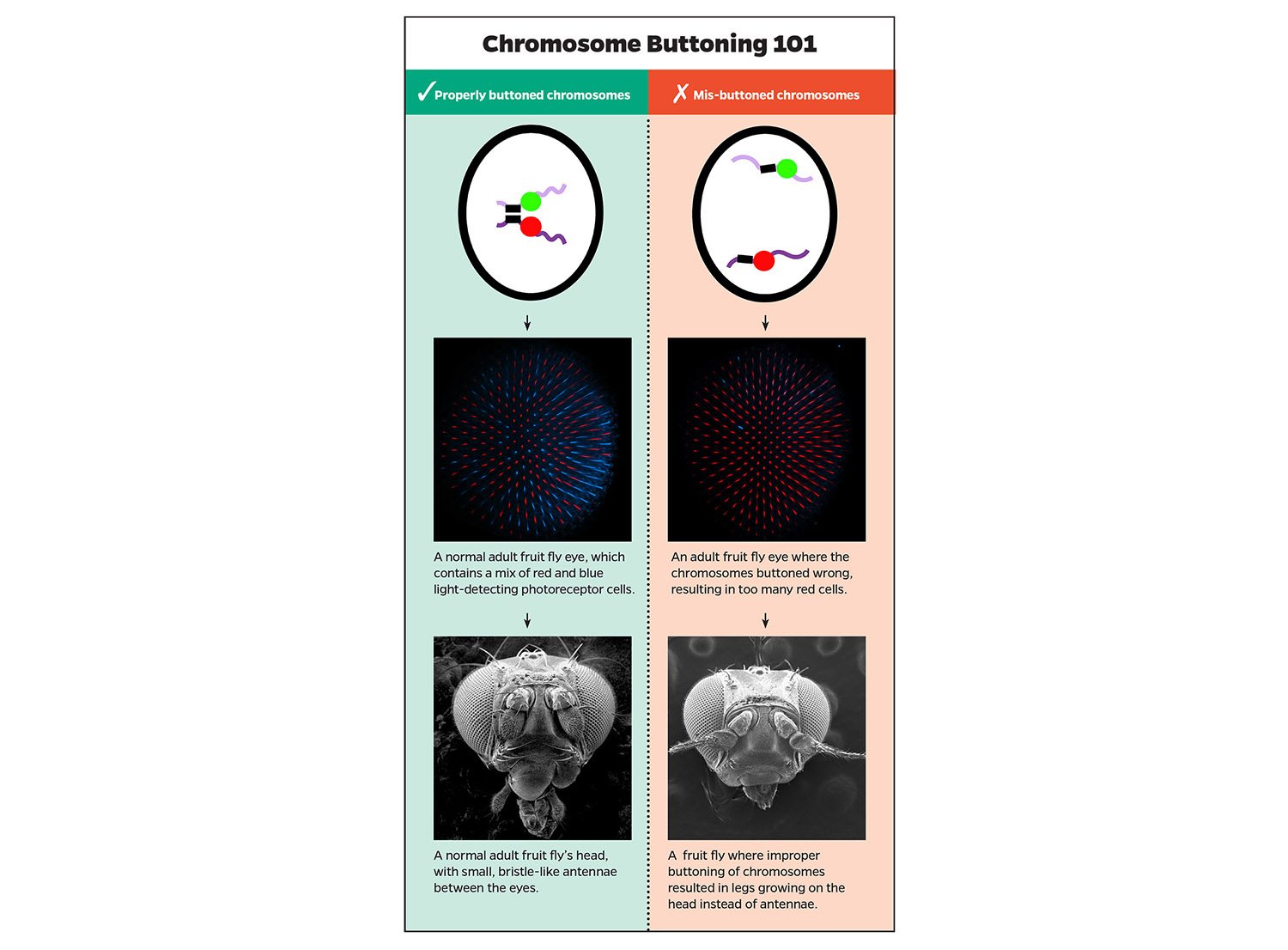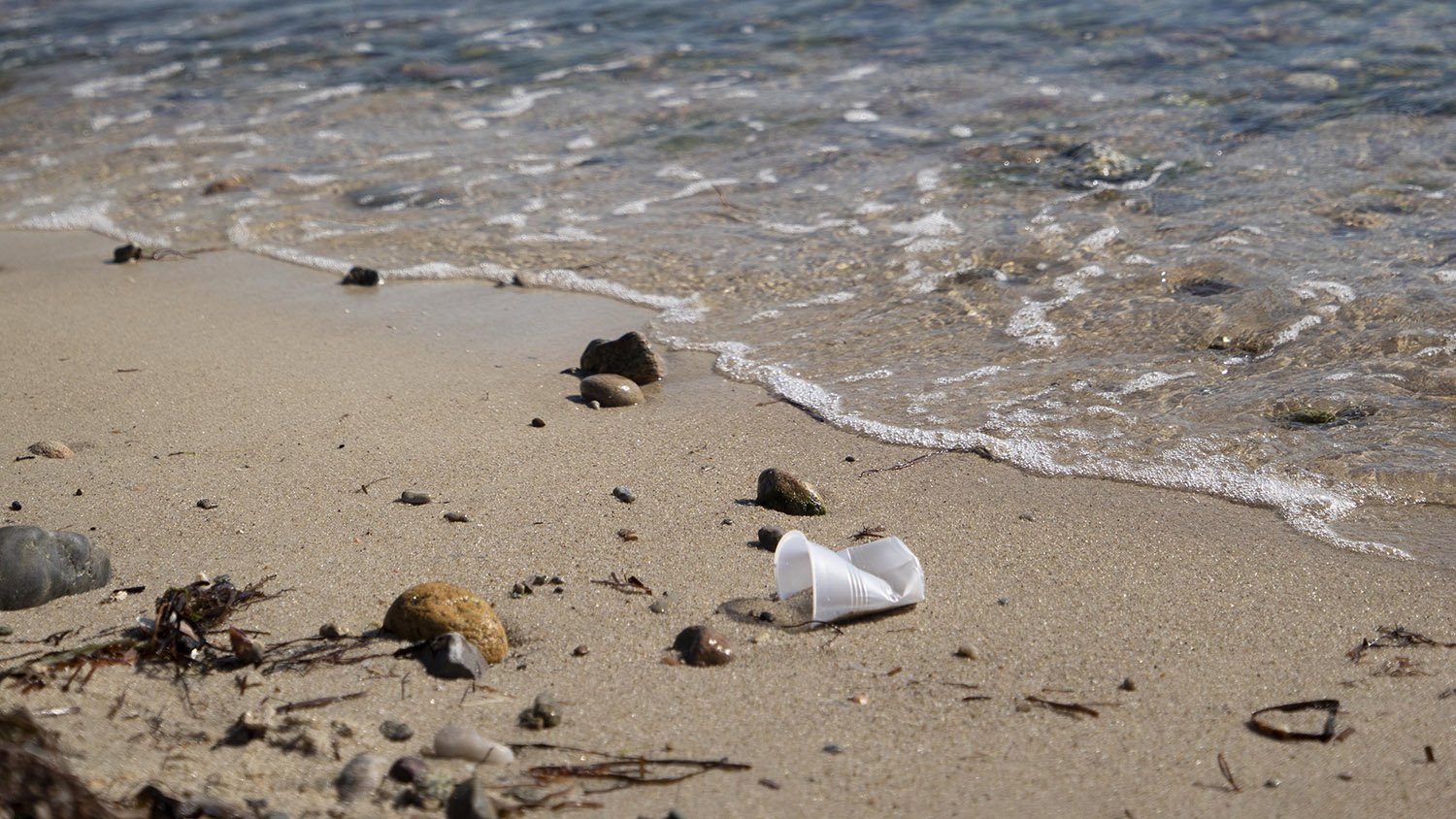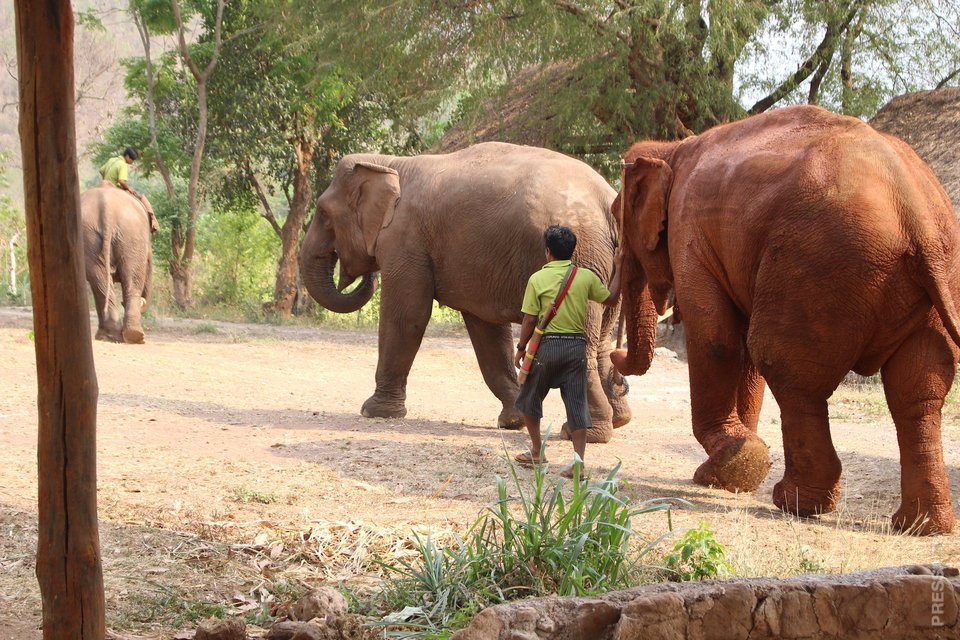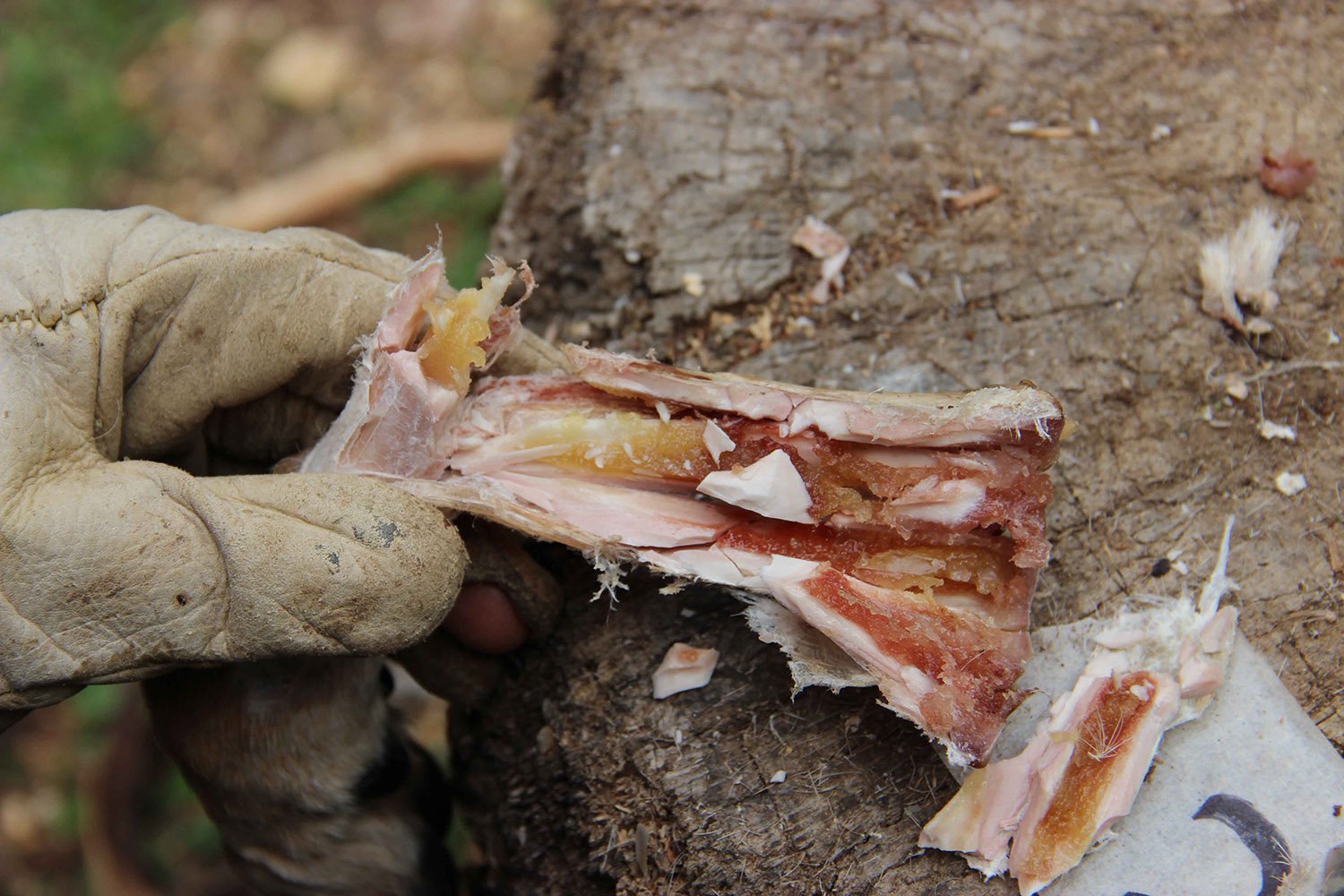Complex odors made simple
Animals are able to attach simple ratings to complex objects in their environment to guide behavior. For example, humans can easily tell whether they like a wine or not, which will influence their future choices in the wine store. Similarly, animals can tell whether a complex odor is good or bad in order to decide … Read more
